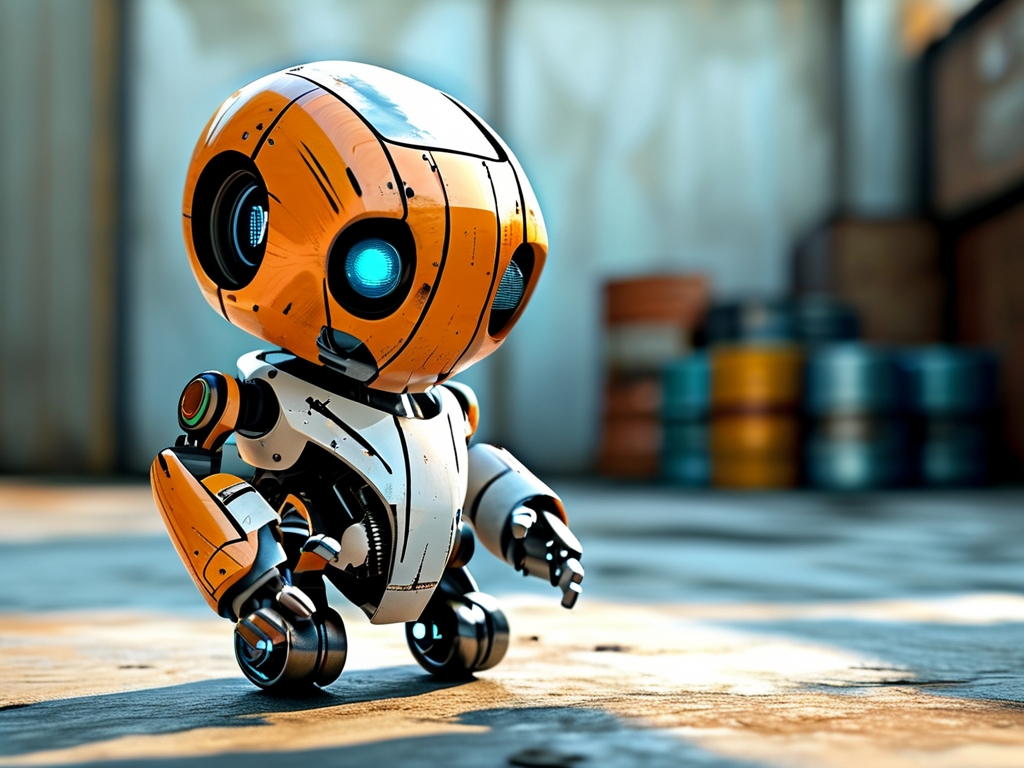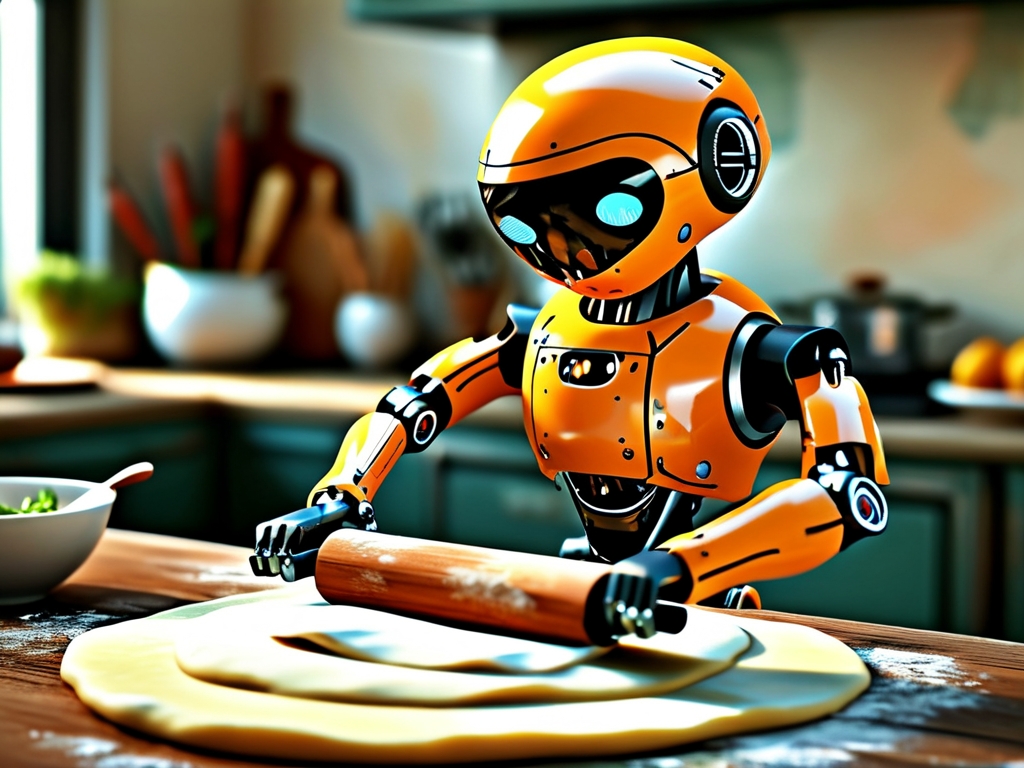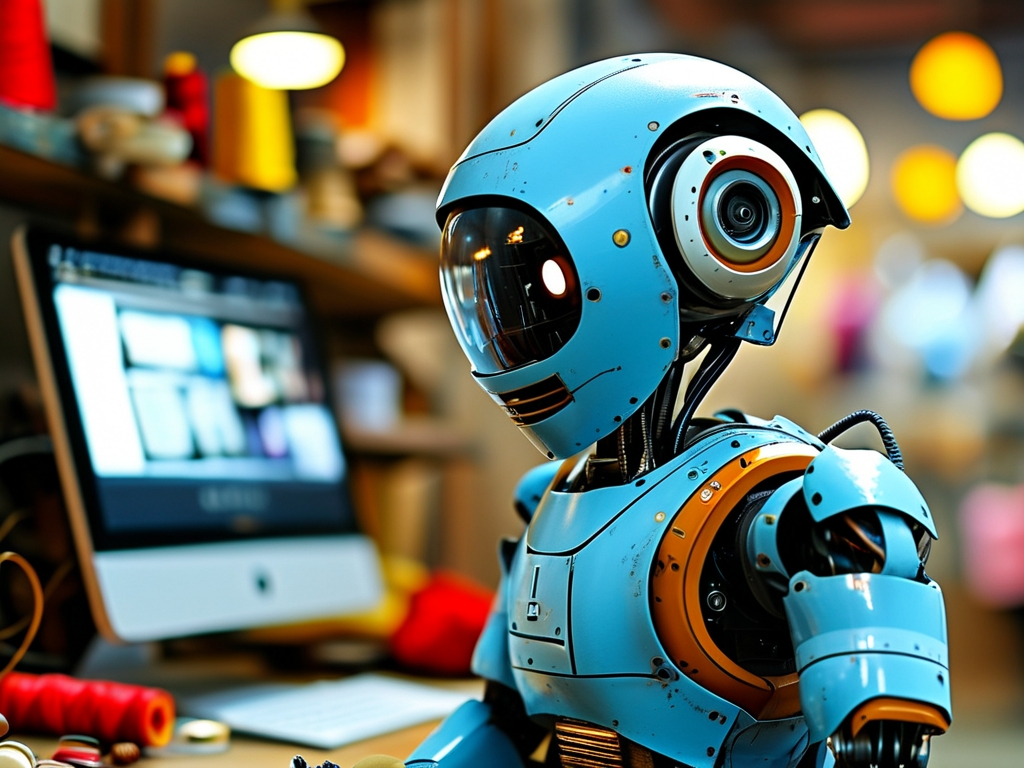In the rapidly evolving landscape of industrial automation, robotic cylinder loading technology has emerged as a groundbreaking innovation, transforming how industries handle material handling, assembly lines, and precision manufacturing. This technology integrates advanced robotics, artificial intelligence (AI), and sensor-based systems to automate the loading and positioning of cylindrical components—a task traditionally reliant on manual labor or semi-automated machinery. As industries strive for higher efficiency, accuracy, and cost-effectiveness, robotic cylinder loading systems are becoming indispensable in sectors ranging from automotive manufacturing to aerospace engineering.

The Mechanics of Robotic Cylinder Loading
At its core, robotic cylinder loading technology involves robotic arms equipped with specialized end-effectors designed to grip, lift, and place cylindrical objects such as engine components, hydraulic cylinders, or storage tanks. These systems rely on high-precision sensors, including vision systems and force-torque sensors, to detect the orientation, weight, and dimensions of the cylinders. Machine learning algorithms enable real-time adjustments, ensuring seamless integration with conveyor belts, CNC machines, or other production line equipment. For example, in automotive assembly, robots can load engine blocks into machining stations with micron-level accuracy, reducing human error and cycle times.
Applications Across Industries
- Automotive Manufacturing: Cylinder loading robots are widely used to handle engine components, transmission parts, and fuel systems. By automating these processes, manufacturers achieve consistent quality and faster production rates.
- Aerospace: Precision is critical in aerospace manufacturing, where robotic systems load turbine blades, hydraulic actuators, and composite materials with minimal tolerances.
- Consumer Electronics: From battery cells to semiconductor tubes, robots ensure delicate cylindrical parts are handled without damage.
- Pharmaceuticals: Sterile environments benefit from robotic systems that load vials and syringes, minimizing contamination risks.
Advantages Over Traditional Methods
- Enhanced Precision: Robots achieve sub-millimeter accuracy, surpassing human capabilities.
- 24/7 Productivity: Unlike human workers, robotic systems operate continuously, boosting output.
- Safety: Automating hazardous tasks, such as handling heavy or high-temperature cylinders, reduces workplace injuries.
- Scalability: Systems can be reprogrammed for different cylinder sizes or tasks, offering flexibility for diverse production needs.
Challenges and Solutions
Despite its benefits, deploying robotic cylinder loading technology presents challenges. Initial setup costs are high, particularly for small-to-medium enterprises (SMEs). Additionally, integrating these systems with legacy machinery requires customized software solutions. However, advancements in modular robotics and cloud-based AI platforms are lowering barriers to entry. For instance, collaborative robots (cobots) now offer plug-and-play functionality, enabling faster deployment.
Future Trends
The future of robotic cylinder loading lies in autonomous adaptability. Researchers are developing systems that use digital twins—virtual replicas of physical setups—to simulate and optimize workflows before implementation. Furthermore, 5G connectivity and edge computing will enable real-time data exchange between robots, enhancing coordination in large-scale factories. Another promising area is the use of soft robotics, where flexible grippers mimic human dexterity to handle irregularly shaped cylinders.

Robotic cylinder loading technology is not just a niche innovation but a cornerstone of the Fourth Industrial Revolution. By combining precision, efficiency, and adaptability, it addresses critical pain points in modern manufacturing. As AI and robotics continue to advance, these systems will become more accessible, affordable, and integral to global supply chains. Companies that adopt this technology today will gain a competitive edge, positioning themselves at the forefront of industrial automation.



